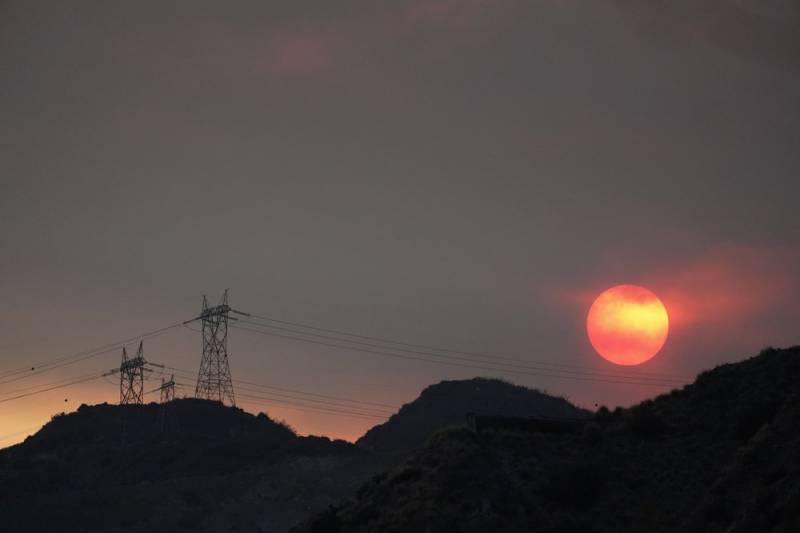The last time the state ordered rolling outages was during an energy crisis in 2001. Blackouts occurred several times from January to May, including one that affected more than 1.5 million customers in March. The cause was a combination of energy shortages and market manipulation by energy wholesalers, including Enron Corp., which infamously drove up prices by withholding energy supplies.
Counties up and down the state reported scattered outages, although the city of Los Angeles, which has its own power generating system, wasn’t affected.
Police departments warned people to watch out on roads where stoplights were out.
In Sonoma County, the Santa Rosa Police Department received a flood of calls and pleaded with residents: “Please do not call 911 unless you have an emergency.”
Heat wave continues
The heat surpassed historical records in several cities Friday. Downtown San Francisco hit 90 degrees, topping a high of 86 that was set on Aug. 14, 1995. Salinas hit 102, 18 degrees above the record set just last year. Palm Springs hit 120, breaking a 2015 record by several degrees.
Sweltering weather is expected to continue into Wednesday across greater Los Angeles, the Central Valley, Sierra Nevada foothills and parts of the San Francisco Bay Area.
Santa Clara, Alameda and Contra Costa counties opened cooling centers that will welcome people this weekend from the afternoon to the early evening.
There are 12 cooling centers across Santa Clara County, including three in San Jose alone. Due to the coronavirus pandemic, cooling centers will require people to have their temperatures taken and answer some health screening questions before they enter.
Charlotte Graham from San Jose's Parks and Recreation Department says she's never seen the centers reach capacity but that could change this year: "With places like malls and movie theaters being closed where people might go to get air-conditioning, those are not available right now, so we very well could see an uptick in visitation."
San Jose's cooling centers will remain open until at least next Wednesday, Aug. 19.
Officials in San Francisco, on the other hand, are concerned about coronavirus transmissions during the heat wave. As a result, the city won't be operating cooling centers, according to Mary Ellen Carroll, executive director of the city's Department of Emergency Management.

